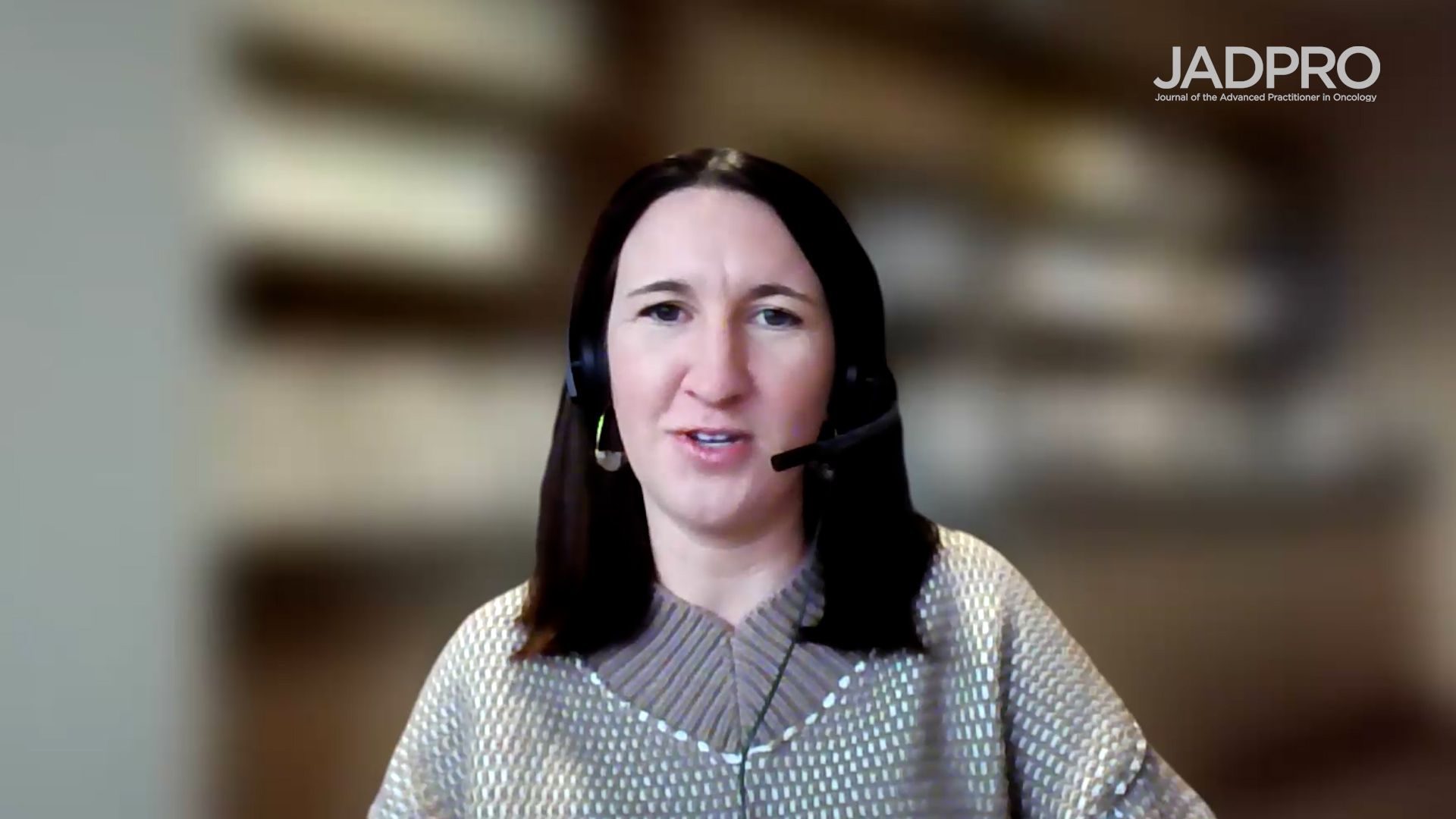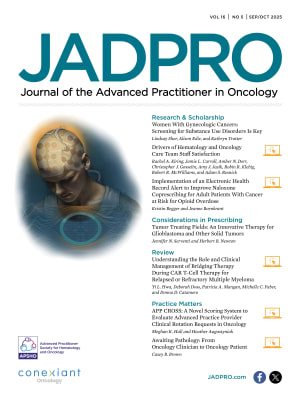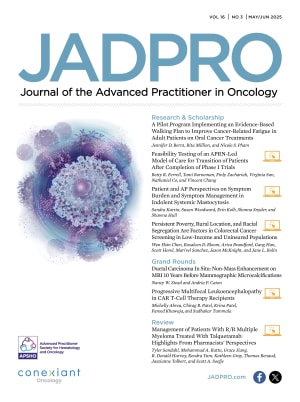Transcript
I'm Sarah Profitt. I'm happy to be here providing updates from the 2025 SOHO meeting in Houston, Texas back in September of 2025. Some background before I get into this next abstract. So we know the standard of care for intermediate or high risk myelofibrosis is JAK inhibitor monotherapy. Ruxolitinib was the first JAK inhibitor that was FDA approved for myelofibrosis and has continually demonstrated improving spleen size, improving myelofibrosis related symptoms for patients and improving overall survival compared to the previously best available therapy. However, these benefits of ruxolitinib do come at a cost of both anemia and thrombocytopenia, and they really limit our ability to utilize ruxolitinib to its full potential. We often have to compromise with dose adjustments, and so there are some limitations to its use.
Pacritinib is a JAK inhibitor that was approved for patients with intermediate or high risk myelofibrosis and a platelet count below 50,000. And then we also have momelotinib, which is an FDA approved JAK inhibitor for patients with intermediate or high risk myelofibrosis in patients who have anemia. So a little bit of some niche indications for these two JAK inhibitors that help us manage myelofibrosis in patients with cytopenias. And while we don't have any direct head-to-head data from randomized controlled trials comparing pacritinib and momelotinib, there were several abstracts presented at SOHO that shed some light on the utility of these medications in patients with cytopenias, namely thrombocytopenia and anemia.
And so let's look at one of these abstracts first. First we'll go over MPN POSTER number 752. This was a matching adjusted indirect comparison of pacritinib versus momelotinib in patients with myelofibrosis and thrombocytopenia. These investigators took three pivotal phase three studies. These were randomized controlled trials looking at pacritinib and momelotinib for this matching adjusted indirect comparison. So these three studies specifically were PERSIST-2 for pacritinib and MOMENTUM and SIMPLIFY-1 for momelotinib. Only pacritinib patients with a baseline platelet count between 25,000 and 100,000 and an ECoG performance status of zero to two were included in this MAIC to match the momelotinib patients from MOMENTUM and SIMPLIFY. The MAIC design corrected for differences between patient's age, their sex, their prior JAK inhibitor exposures, baseline platelet count, baseline total symptom score, their spleen volume, and their DIPSS risk category.
And the investigators found in this MAIC that despite efficacy and survival outcomes nominally favoring pacritinib, we had odds ratios greater than one in total symptom score response, in spleen volume response or spleen volume reduction, in red blood cell transfusion independence. We also had an overall survival hazard ratio of less than one. So we had nominal benefits favoring pacritinib. But however, there were no statistically significant differences between pacritinib and momelotinib that were found when we adjust these patients between these major trials.
So in summary, again we will likely not have direct head-to-head comparative data between pacritinib and momelotinib. However, in some attempts to cross-trial, compare and match these patients appropriately, specifically in patients with thrombocytopenia, so platelet counts less than 100, although we're seeing some nominal improvements in some of these efficacy and survival outcomes with pacritinib, there were no statistically significant differences. So really highlighting that although pacritinib does have this FDA approved label for platelet counts less than 50,000, it also has benefits in mild to moderate thrombocytopenia. And we're seeing similar benefits with momelotinib in this subgroup as well.









